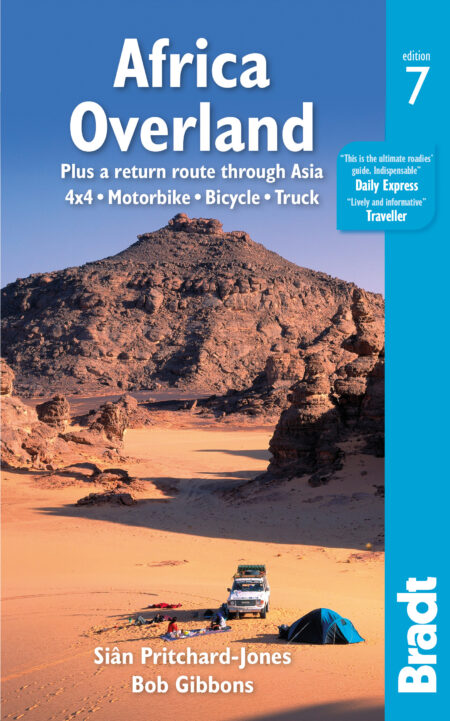If you’ve been planning to drive overland in Africa, you have come to the right place. Here’s what you need to know.
Overlanding in Africa – What You Need to Know
Overlanding in Africa can be an incredibly rewarding experience, but it can also be challenging at times. Surroundings change and you come across new people, new languages, and new cultures. Some places are easy-going, while others require more planning and care.
Highlights of driving across Africa include seeing iconic wildlife in their natural habitats, exploring off-the-beaten-path destinations, and meeting local people and learning about their cultures and traditions. Overlanding also allows you to travel at your own pace, giving you the freedom to stop and explore as you wish.
However, crossing several African countries requires some preparation, from equipping your vehicle with everything you will need for the road to choosing the best route and learning as much as possible about dealing with emergencies in a foreign territory.
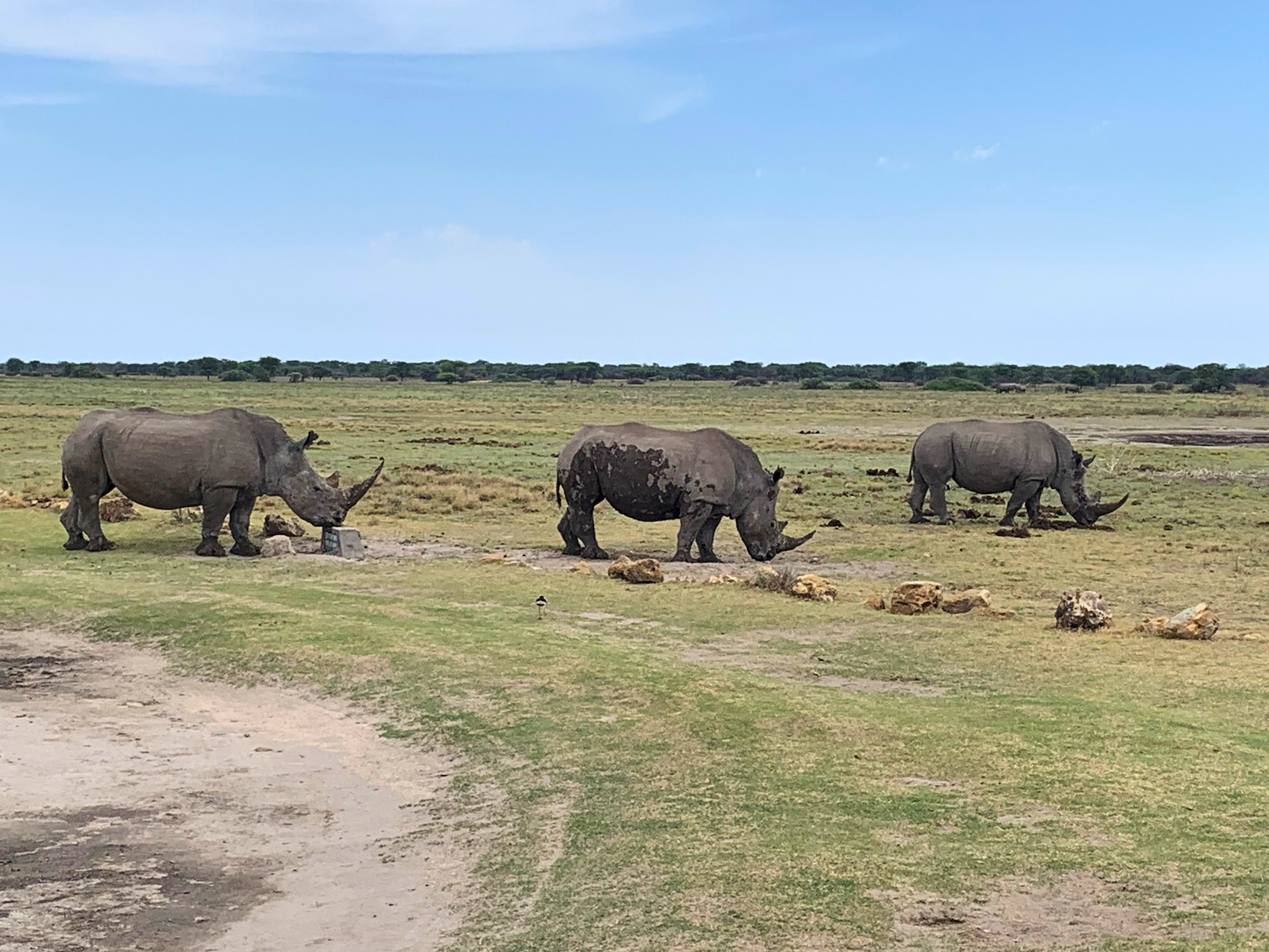
What Documents Do You Need to Overland in Africa?
Before you begin, make sure you have all your paperwork in order to avoid obstacles at border crossings.
First and foremost, you’ll need a valid passport with at least six months validity remaining and with enough blank pages for visas and entry/exit stamps.
You’ll also need to obtain visas for any countries you plan to visit and you’ll need to make sure you’re aware of the specific entry requirements and visa regulations for each country.
It’s always a good idea to bring copies of your passport and other important documents with you, so that you have a backup in case you misplace the originals or someone takes them from you.
It is also a good idea to buy travel insurance that will cover you for the entire duration of your trip. Most major insurance companies will offer cover so long as you tell them you about your plans in enough detail.
Choosing the Right Vehicle and Equipment for Overlanding in Africa
There are no restrictions regarding the vehicle you should bring – but it makes sense to use something reliable.
Reaching the start line
For those who truly love overlanding in Africa, you may be tempted to take the ferry from Spain or Italy to Morocco and drive from there.
Another option involves shipping your vehicle from Europe or the United States to Cape Town or another major city.
And finally, a third option would be to buy your vehicle in Africa and sell it when your overlanding trip is over. South Africa has the best second-hand car market in the world, and this will probably work out as one of the cheaper options if you are buying something “ridiculous.”
What to pack
Equip your vehicle with all the essentials, such as a cooler, a tent and camping equipment, supplies, and spare parts. You’ll be driving in rural areas, on gravel roads, so chances are that you may get stranded on the side of the road at least once.
The Route
One popular route starts in South Africa and crosses several National Parks in different African countries before ending on Lake Victoria in Kenya. The countries were chosen for their varied wildlife and safety, so if you stick to this plan, all should be well.
However, nothing is set in stone, and you can choose from a few other routes as long as you reach your destination point on time.
Here is what you should add to your bucket list for each country you travel through:
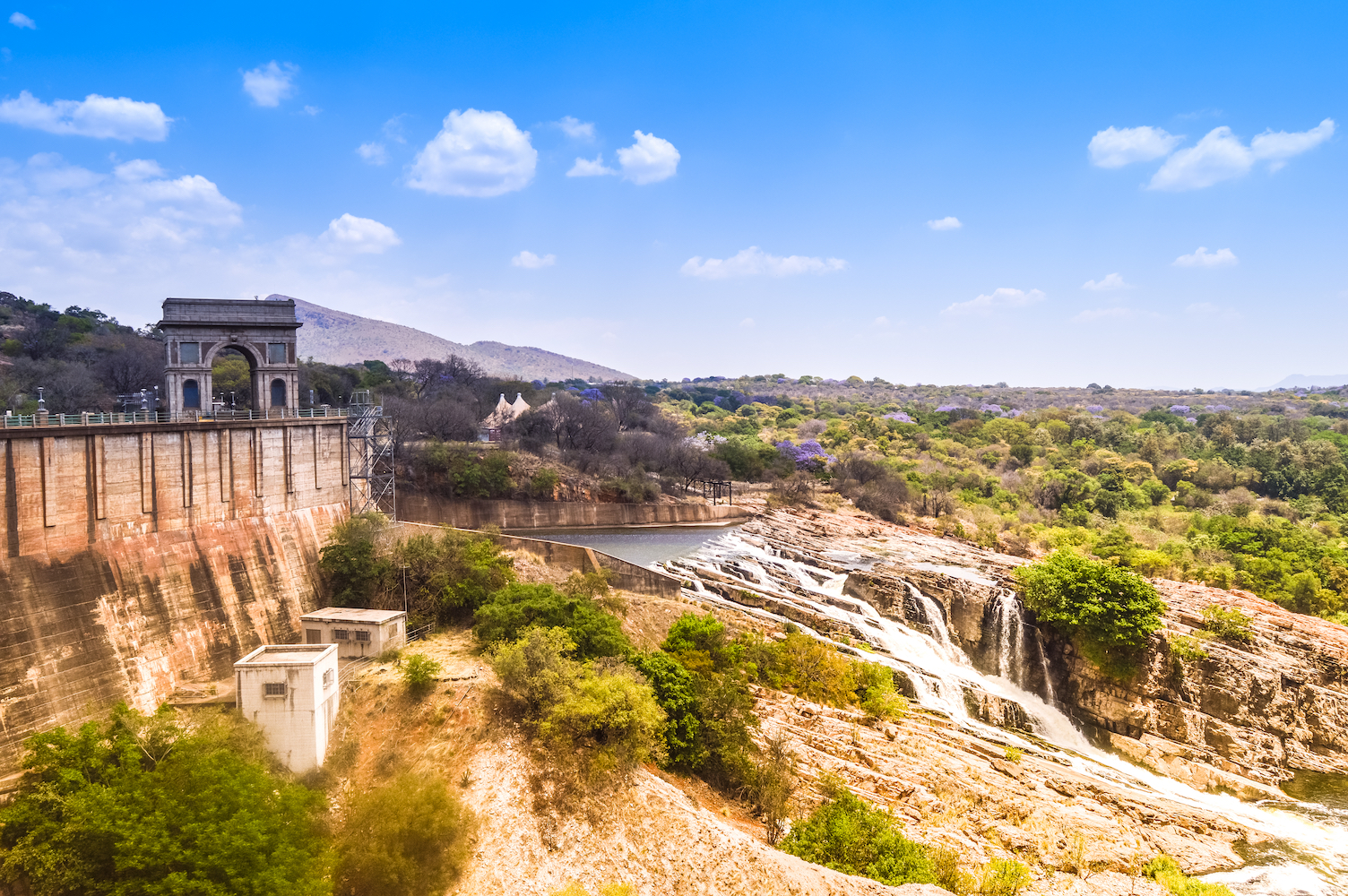
South Africa
The starting point is in Hartbeespoort, which is close to the border with Botswana. The easiest route involves crossing the border and heading into the magnificent landscapes of this home of elephants and giraffes. It’s worth noting that Kruger National Park and the Garden Route lie in the opposite direction, so if you have your heart set on them, arrive a week before and discover them before the rally.
Botswana
Botswana is the best place to see African elephants and a wide range of wild animals like zebras, giraffes, and ostriches. Cross the Okavango Delta with its 480 species of birds and numerous species of mammals, like hippos and crocodiles.
The official route also passes the Makadikadi Basin and salt pans where you can see white rhinos and flamingos.
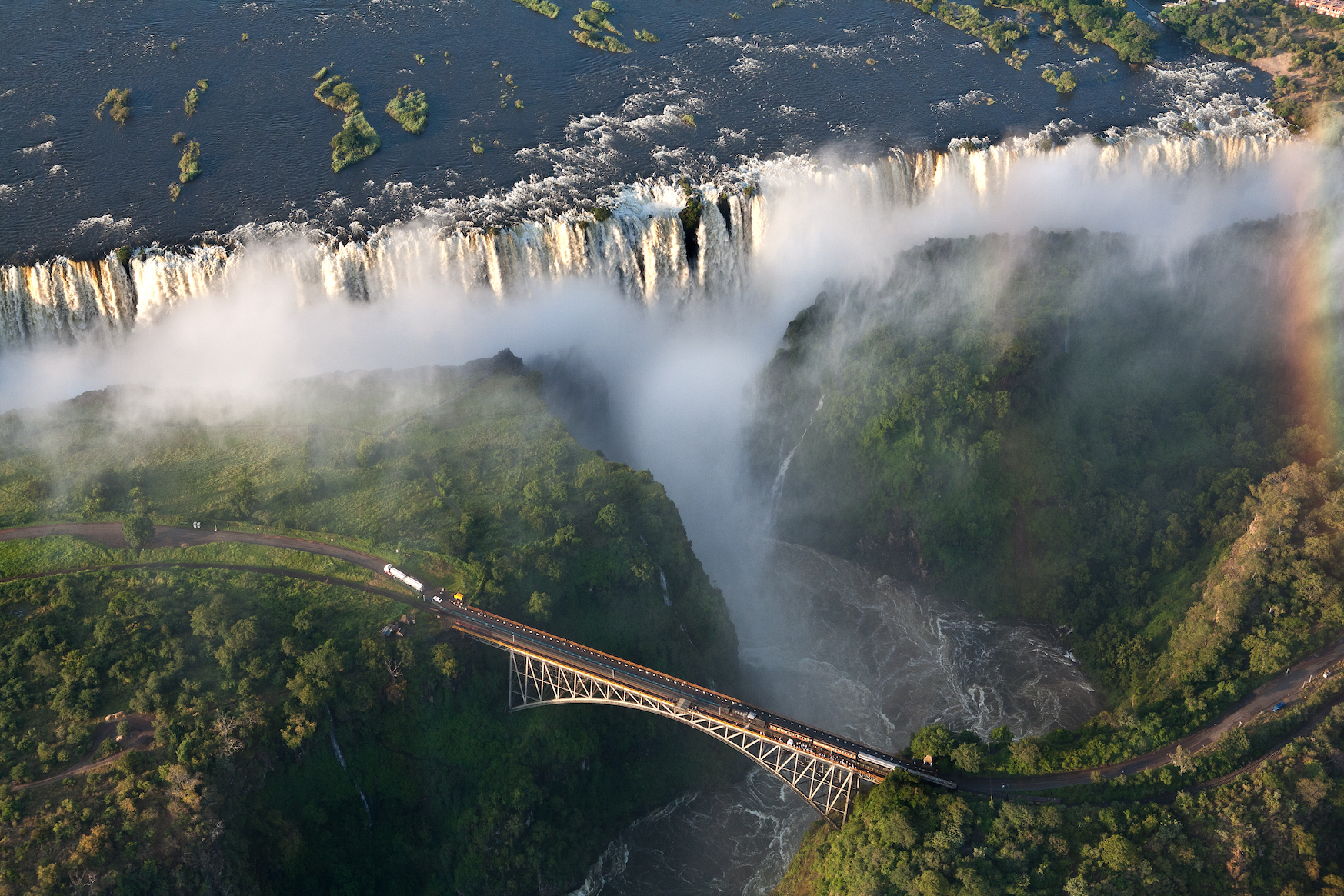
Zambia
The next stop is Victoria Falls, one of the largest waterfalls in the world, with a width of over 1,700 meters and an unforgettable effect on the soul. You can take a helicopter ride across the top of the falls to try to capture a sense of its immense size and beauty.
Malawi
Crossing Malawi brings you spectacular sunsets on the beach and some of the best fresh fish dishes. It also has some fantastic mountain passes and generally great roads. Paul Clayton’s inside tip here is to go diving in the lake off Monkey Bay.
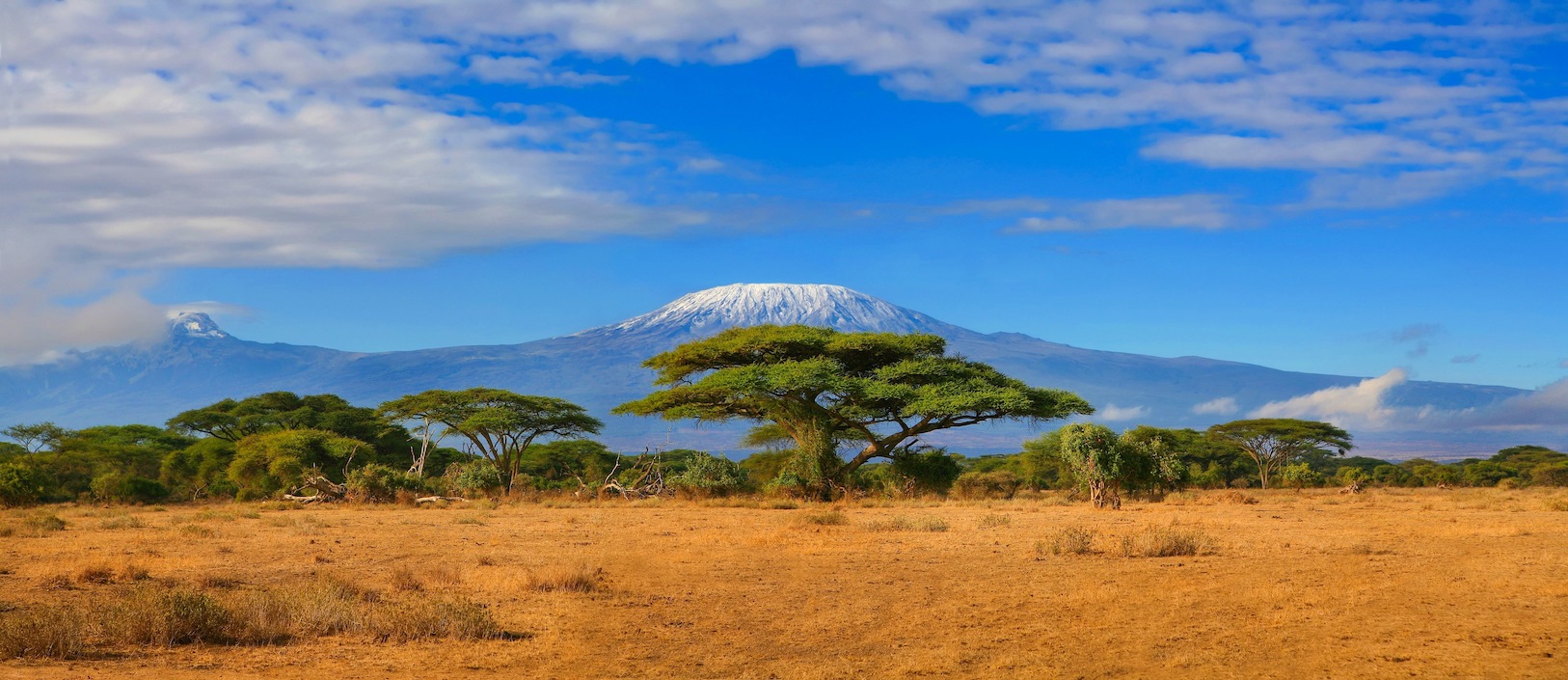
Tanzania
The route moves on to the Serengeti National Park, which is a great place to spot lions, leopards, possibly cheetahs, and over 500 species of birds. Drive along Lake Tanganyika, the second largest lake in the world and one which is visible from space. Then head to Mount Kilimanjaro for some amazing sights of the highest mountain in Africa.
Kenya
Reach Lake Victoria, the largest of the Great African Lakes, where you can cool off after a day of driving or stretch your bones on the beach.
Is Overlanding in Africa Safe?
Driving through African countries is as safe as driving through any other country. You will meet friendly people who will gladly point you in the right direction or help you push your car if it won’t start. But you may also come across problems, so it’s better to be cautious. Sleep at night and drive only during the day.
Avoid reaching for your wallet at checkpoints and chat to the police instead. Let them know what an awesome trip you are on!
Moreover, take into account that roads in some parts of Africa are uneven, and not all drivers follow the rules, so pay attention to road signals and signs.
Why You Should Overland in Africa
Participating is a once-in-a-lifetime adventure that will offer you an unforgettable experience.
Here are some reasons why you shouldn’t miss this opportunity:
- A unique opportunity to explore Africa: This Africa Overland Route takes you through six African countries, each with its own landscape, wildlife, and culture. It offers the opportunity to explore remote and off-the-beaten-path destinations, encounter a wide range of wildlife in their natural habitats, and experience the diverse cultures and traditions of the continent.
- Rediscover your spirit of adventure: This route is not a race, but a road trip where the destination is not as important as the journey itself. It offers the thrill of adventure and the satisfaction of overcoming challenges, both physical and emotional.
- Make lifelong memories: Overlanding in Africa is an adventure that will remain etched in your memory for a lifetime. You will have the chance to create unforgettable memories, meet new people, and forge lasting friendships.
- Support for local and international communities: Overlanding also supports local communities by promoting sustainable tourism and investing in community projects. By travelling in this way, you are contributing to the development of local economies and supporting the conservation of wildlife and the environment.
More Information on how to overland in Africa
For more information on how to overland in Africa, see Sian Pritchard-Jones and Bob Gibbons’ Africa Overland book. By putting together everything you need to know when driving long distances, from practical advice to the main attractions you’ll come across, this guide will be your best friend.
